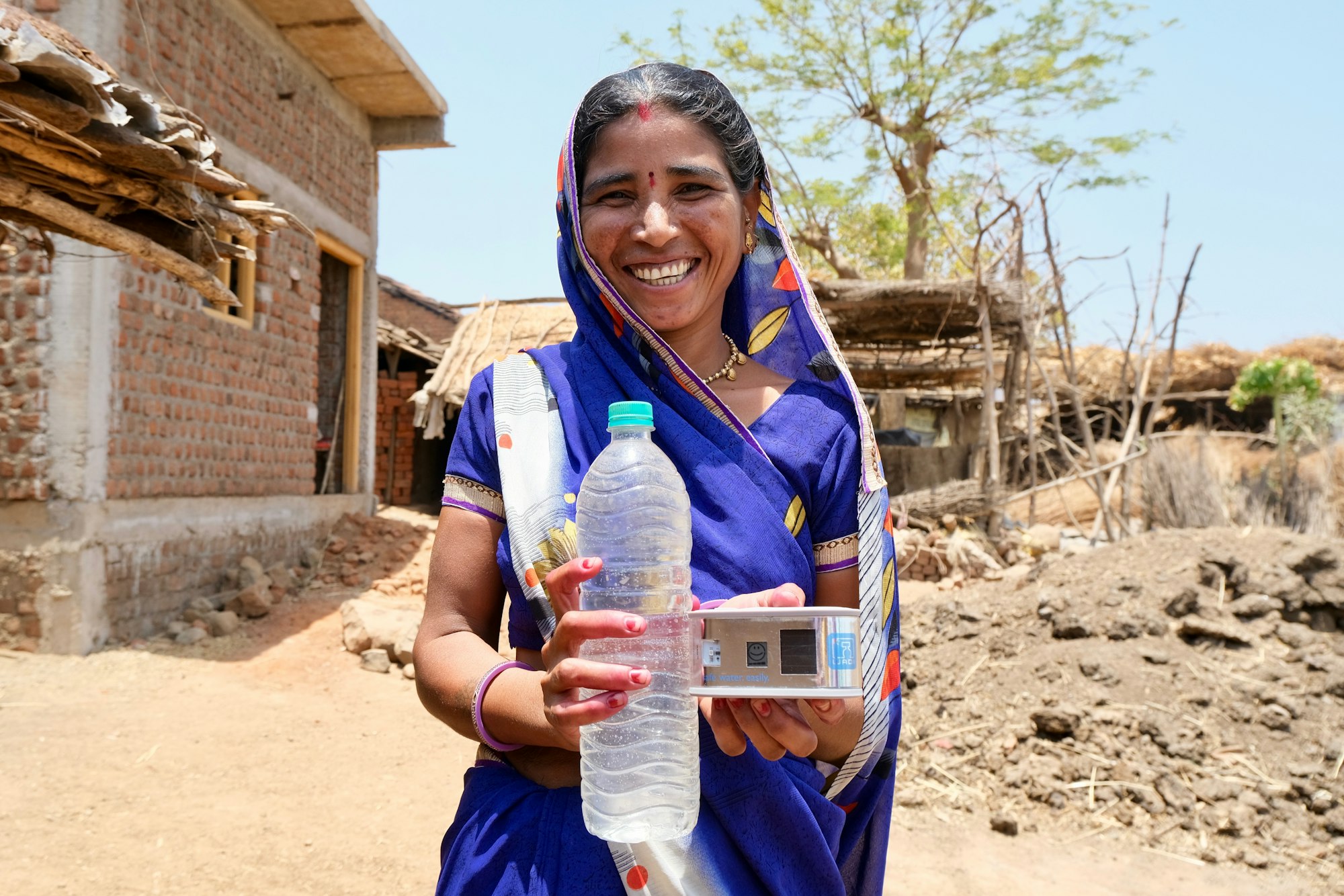Water4Climate India
Harnesse the sun’s power to disinfect water for communities in Central India.
Climate impact
Reduction
Solution
Water access
Location
India
Evaluation
Gold Standard

ABOUT
Learn more about the
project
Helioz are focussing on providing 30,000 households in rural and tribal communities in Central India with solar-powered devices that disinfect water - which will help around 150,000 people in those communities.
These communities currently either consume unsafe water or boil water to disinfect it. By using the sun’s power instead, you’ll help protect local forests and avoid direct emissions from burning firewood.
On top of this, your contribution helps to support complimentary activities; strengthen and support local water supplies, as well as training local communities on how to use the devices, and sanitation and hygiene practices to help change behavior long-term.
Helioz
India • https://www.helioz.org/
ASSESSMENT
Everything about this project at a glance.
Climate impact
Reduction
How to read this
Our atmosphere is like a bathtub, which we have been filling for decades with greenhouse gasses. Each ton of CO2e in the tub increases the global temperature and affects the climate.
In order to prevent our bathtub from spilling - which would mean reaching a +2°C temperature increase - 3 types of actions exist:
●
Reduction: These projects reduce emissions, closing the tap and slowing down the filling of the tub (e.g. switching to more efficient fuels)
●
Avoidance: These projects preventing future emissions, stopping a new tap from being opened (e.g. protecting forests and peatlands so that they don’t start releasing CO2)
●
Removal: These projects remove and capture greenhouse gasses, emptying the bathtub (e.g. reforestation and direct air capture technology)
Solution
Water access
How to read this
Solutions are different ways we can reduce, avoid and remove our emissions. They vary in terms of cost, level of maturity, potential to scale, and other factors. To make comparisons easier, Sweep groups solutions into categories such as Forests, Geoengineering or Buildings. Climate solutions are numerous: to learn more about what can be done, explore our catalog.
Location
India
How to read this
Solutions can be deployed in a large range of locations, from a micro-regions to entire sections of a continent. You might want to focus your contributions on specific areas to maximize local socioeconomic impacts or contribute where your activities are based.
Evaluation
Certified • Gold Standard
How to read this
Various international and regional standards rely on established methodologies, dedicated processes and third-party verifications to guarantee that a project delivers on its promises.
●
Certified: Standards, such as Gold Standard or Verra, are listed for maximal transparency
●
Not certified yet: The process to be certified is expensive and cumbersome, and ad-hoc methodologies might not exist for specific projects, preventing them from being certified. Sweep promotes other projects after a necessary due diligence, bringing more projects to a wider audience while also offering opportunities to develop and tailor new projects according to your own needs.
Capacity
58kt
How to read this
Capacity is the projected volume of tCO2e reduced or removed during the crediting period. This indicates the projected net impact of a project after adjusting for potential negative impacts and other externalities. This is key to assessing the current scale of a project and can give a quick estimate of what the considered volumes represent at the project scale.
Capacity does not reflect the available quantity of credits as some of them can already be sold.
Crediting Period
2022 - 2027
How to read this
Certified projects are eligible to generate carbon credits over a certain period of time. This crediting period gives a good estimate of the progress of a project.
●
Older crediting periods means that projects have delivered their promises and that third-party auditors have recognized the climate impact
●
Crediting periods covering coming years may have already been audited for a fraction of the volumes. The rest will be generated along future audits.
Co-benefits
7 SDGs
7 SDGs
SDG 1: No Poverty
18 USD per household per year saved through reduced household expenses for buying firewood
SDG 3: Good Health and Well-being
60 Percent of households experienced reduction of waterborne diseases since using project technology
SDG 5: Gender Equality
38 hours per woman per year saved for collecting firewood and boiling water
SDG 6: Clean Water and Sanitation
6,278 L of disinfected water per household per year through Solar Water Disinfection with WADI
SDG 10: Reducing Inequality
900 people of marginalised groups in established groups as part of the project (People with Disabilities, Scheduled Caste Member, Scheduled Tribe Member)
SDG 13: Climate Action
60,000 t CO2e/year
SDG 15: Life On Land
860 kg of firewood per household per year saved through the project
How to read this
Projects often have positive side effects beyond reducing, removing, or avoiding emissions. For example, projects might reduce waste, protect biodiversity, or support indigenous people. These co-benefits are modelled after the UN Sustainable Development Goals (UN SDGs).
Durability
N/A
How to read this
Durability only applies to to removal solutions. It indicates for how long the carbon will be removed from the atmosphere - the longer this is the more desirable. For example, storing carbon as mineral underground is more durable than in a tree, making it a less risky and longer term solution.
Financial additionality
High
How to read this
Additionality reveals the impact of your financial support. It indicates what percentage of the global project budget is coming from contributions.
●
High additionality means most of the project revenue relies on contributions, and they would likely not be able to happen without this financing.
●
Low additionality projects are less reliant on contributions.
●
Other additionality criteria, such as policy or regulatory additionality, are tackled through certifications and not assessed here
Barriers
Medium
The total project barrier score is available when all types of barrier are provided. It is a composite score based on the 5 barriers assessed.
Technical
Financial
Social
Political
Economical
The project costs are heavily dependant on the manufacturing and distribution of the WADI kits in communities. Although easy to use, the kits require an importante change of practices that is supported by our training staff. All the project is 100% funded through carbon credits.
How to read this
Barriers are the different hurdles a project might need to overcome. Barriers can give you a sense for the challenges a project faces, but also how it can add deeper value and create change. We differentiate five types of barriers: economic, social, institutional, technical and financial.
Create your portfolio to get started
Our carbon team will help you tailor your portfolio based on your preferences.
Track, report and act
Sweep helps you get your carbon on-track
Sign up to The Cleanup, our monthly climate newsletter

© Sweep 2023